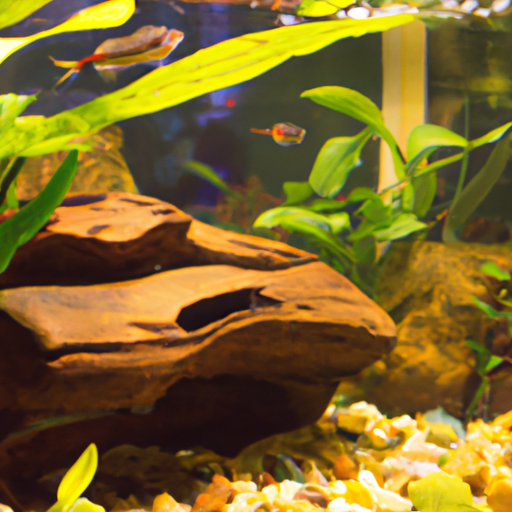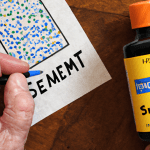Can I Safely Use Any Wood in My Aquarium?
When it comes to setting up an aquarium, choosing the right materials is crucial for the health and well-being of your aquatic pets. One common question that arises is whether any type of wood can be safely used in an aquarium. In this article, we will explore the topic and provide you with the necessary information to make an informed decision.
Understanding the Importance of Aquarium Wood
Aquarium wood serves both functional and aesthetic purposes in an aquatic environment. It can provide hiding places and shelter for fish, as well as create a natural and visually appealing habitat. Additionally, certain types of wood can release beneficial tannins that help maintain water quality and create a more natural environment for your fish.
Choosing the Right Type of Wood
While the idea of using any wood you find may be tempting, it is essential to select the right type of wood for your aquarium. Not all wood is safe for aquatic use, as some can release harmful substances or toxins into the water, posing a risk to your fish.
Aquarium-Safe Wood Options
1. Malaysian Driftwood: Malaysian driftwood is a popular choice among aquarium enthusiasts. It is dense and heavy, making it sink easily in water. This type of wood releases tannins slowly, which can help create a natural-looking environment.
2. Mopani Wood: Mopani wood is another excellent option for aquariums. It is known for its unique shape and texture, providing an interesting focal point in your tank. Mopani wood also releases tannins, which can help lower the pH level of the water.
3. Spider Wood: Spider wood, also known as Azalea wood or Manzanita wood, is a visually striking choice. Its intricate branches and twisted appearance create a captivating underwater landscape. Spider wood does release tannins, but the effect is usually minimal.
Avoiding Unsafe Wood
While some types of wood are safe for aquarium use, there are several varieties that you should avoid. These include:
1. Cedar: Cedar wood contains natural oils that can be toxic to fish and other aquatic organisms.
2. Pine: Pine wood also contains oils and resins that can be harmful to aquatic life.
3. Treated or Painted Wood: Avoid using any wood that has been treated with chemicals or painted, as these substances can leach into the water and harm your fish.
Preparing Wood for Aquarium Use
Before adding any wood to your aquarium, it is essential to properly prepare it to ensure its safety. Follow these steps:
1. Boiling: Boil the wood for at least 1-2 hours to remove any impurities and kill potential parasites or bacteria.
2. Soaking: Soak the wood in water for several days, changing the water daily. This process helps to leach out tannins and further reduce the risk of any harmful substances being released into the aquarium.
3. Testing: Test the wood by placing it in a separate container of water for a few days. Monitor the water parameters to ensure there are no significant changes or signs of toxicity.
Conclusion
In conclusion, not all wood is suitable for aquarium use. It is crucial to choose aquarium-safe wood options such as Malaysian driftwood, Mopani wood, or Spider wood. Avoid using unsafe wood like cedar or pine, as well as any treated or painted wood. Remember to properly prepare the chosen wood before introducing it to your aquarium. By following these guidelines, you can create a safe and visually appealing environment for your aquatic pets.




